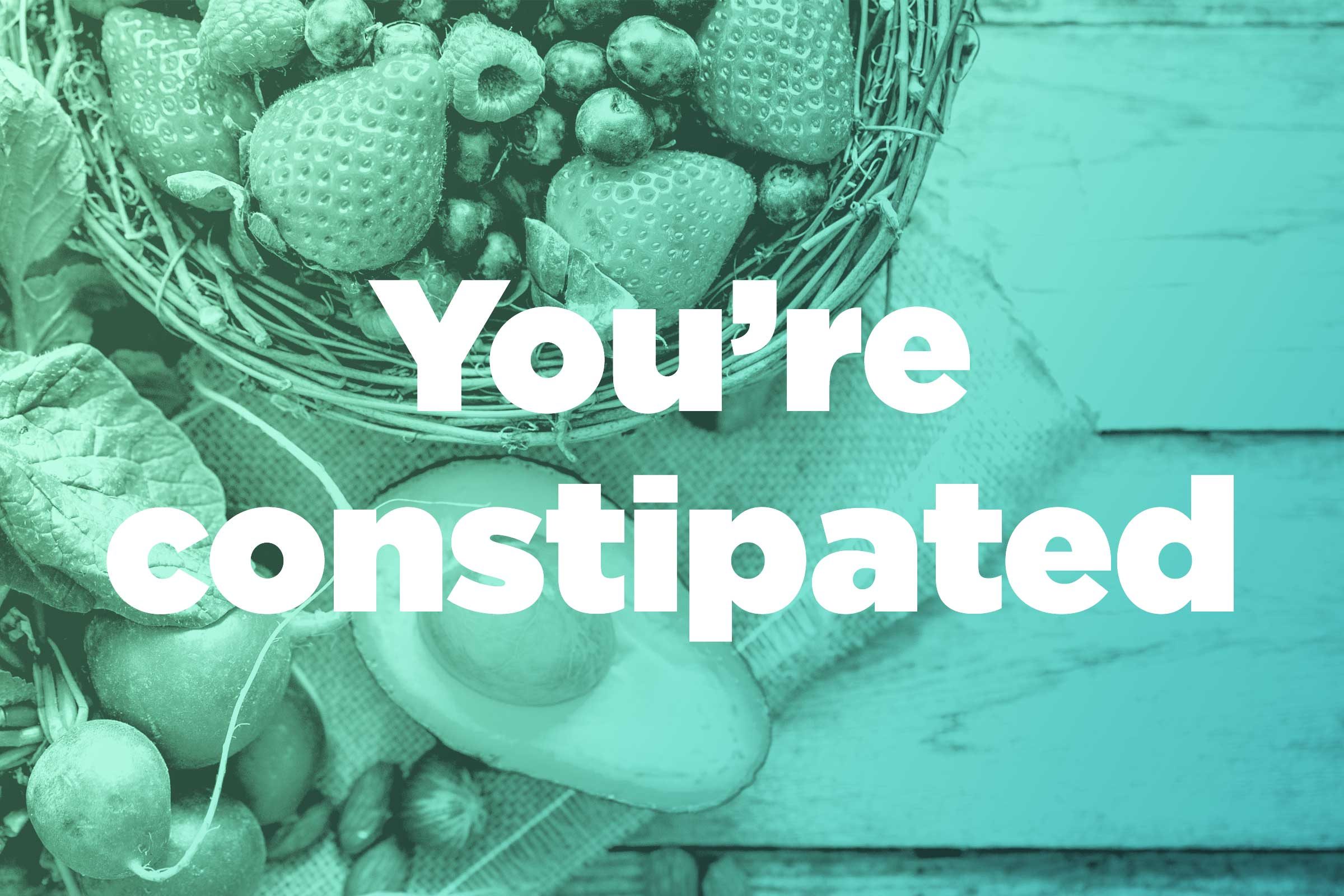
Your BMs are MIA
Feeling like you’ve got a brick in your stomach? If you have fewer than three bowel movements a week, you may be constipated—possibly due to a dearth of insoluble fiber in your daily menu. “Insoluble fiber cannot be digested, so it helps move food through the digestive tract more quickly, which helps decrease constipation,” said Neva Cochran, RD, a Dallas-based registered dietitian. Add more insoluble fiber to your diet by eating whole-wheat bread, brown rice, seeds, and fruits.
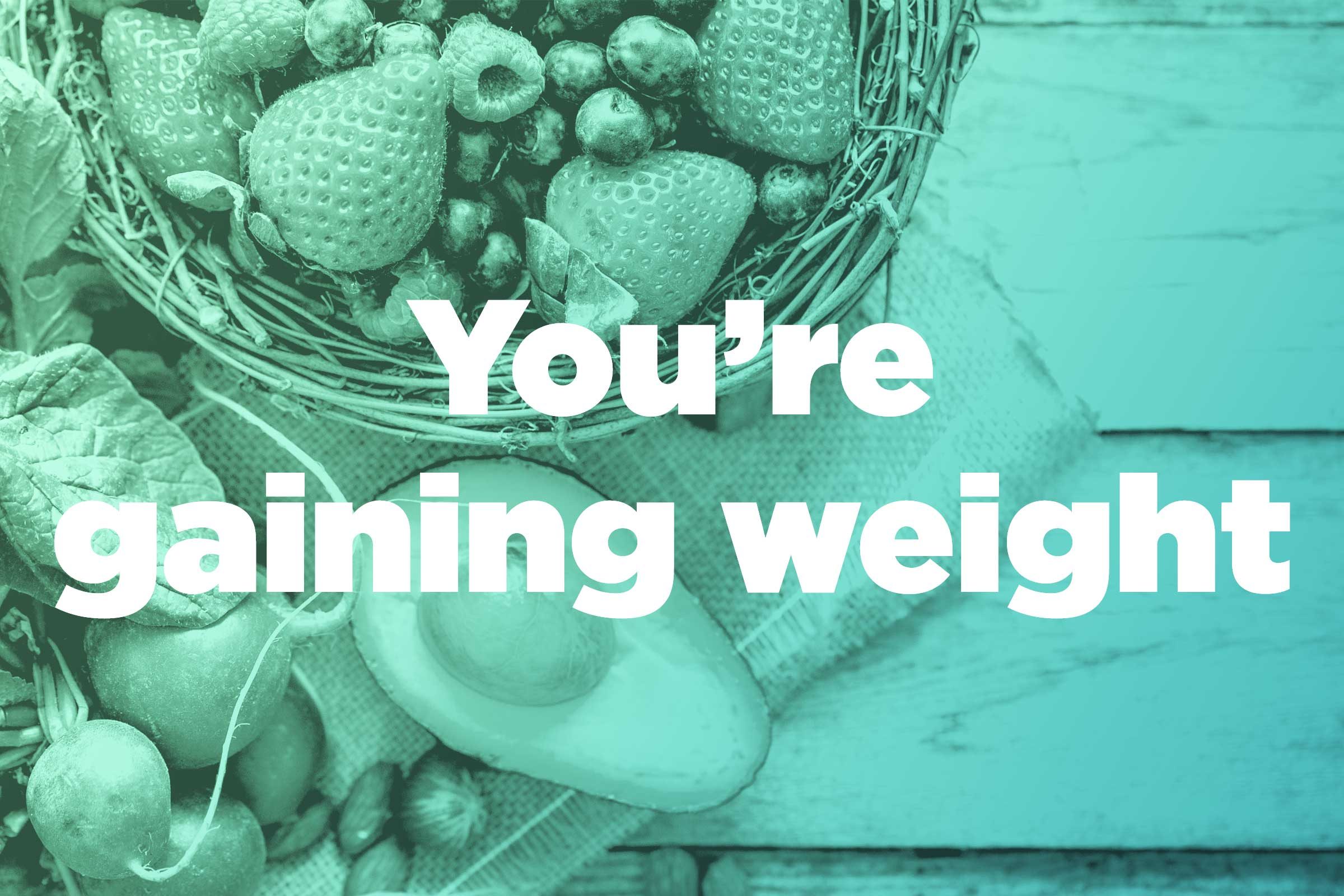
Your jeans are tighter
High-fiber vegetables tend to make you chew for longer and fill you up, which decreases the amount of food you eat. Skip the side of fries and try a side of steamed broccoli or lentils. It’s easy to down a serving of fries in 60 seconds. But one cup of cooked broccoli has 5.1 grams of fiber. It will have you chewing for multiple minutes.
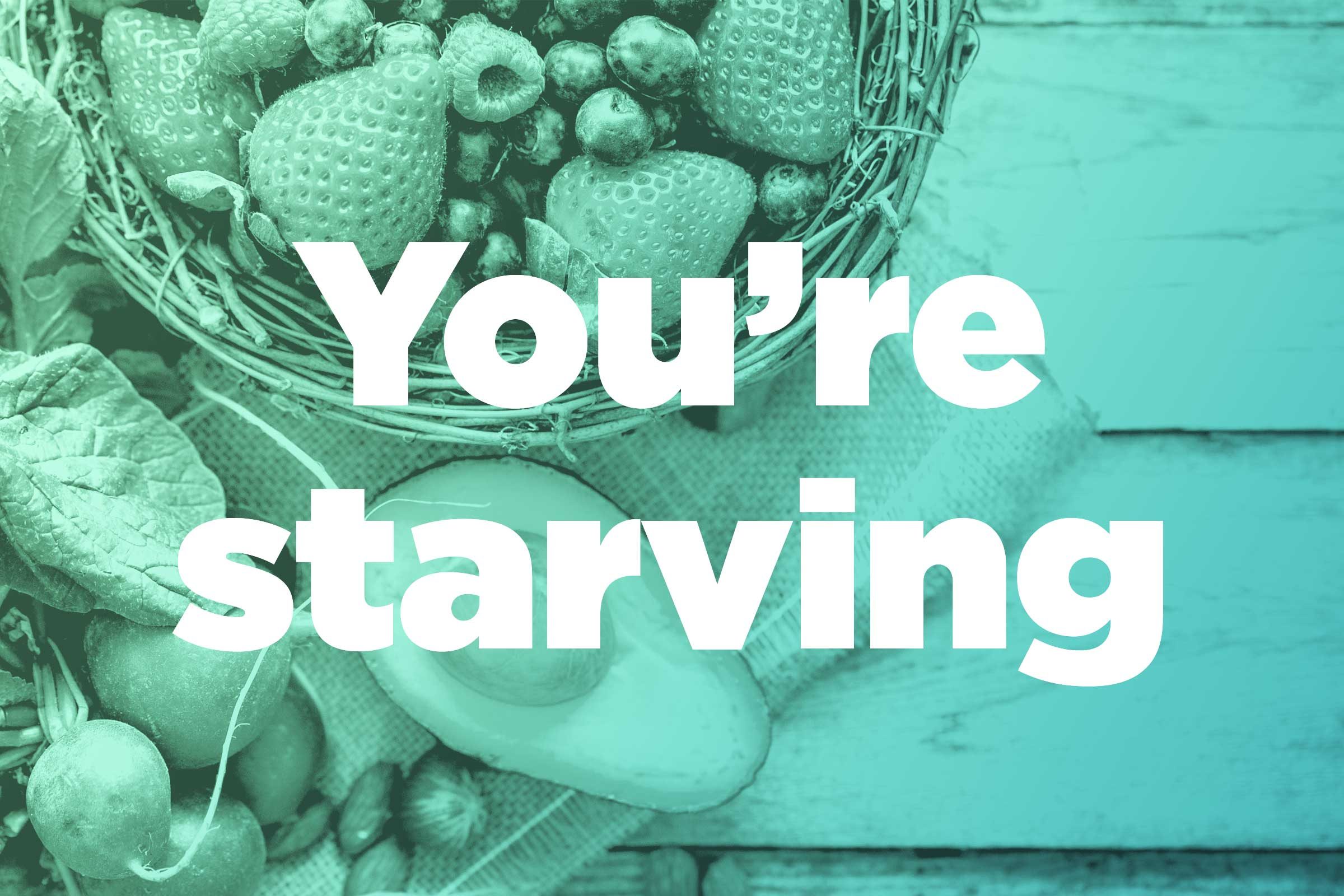
You’re always hungry
Low-fiber foods, such as highly processed snacks, will leave you feeling very unsatisfied. “Soluble fiber absorbs water in the digestive tract and creates a feeling of fullness,” said Cochran. This means that a low-fiber meal makes you feel ravenous much sooner than a high-fiber meal would. Add legumes to your next salad creation or sprinkle flaxseed in your next bowl of oatmeal. Both are great sources of soluble fiber. And instead of noshing on processed junk, try some of these healthy, nutritious snacks.
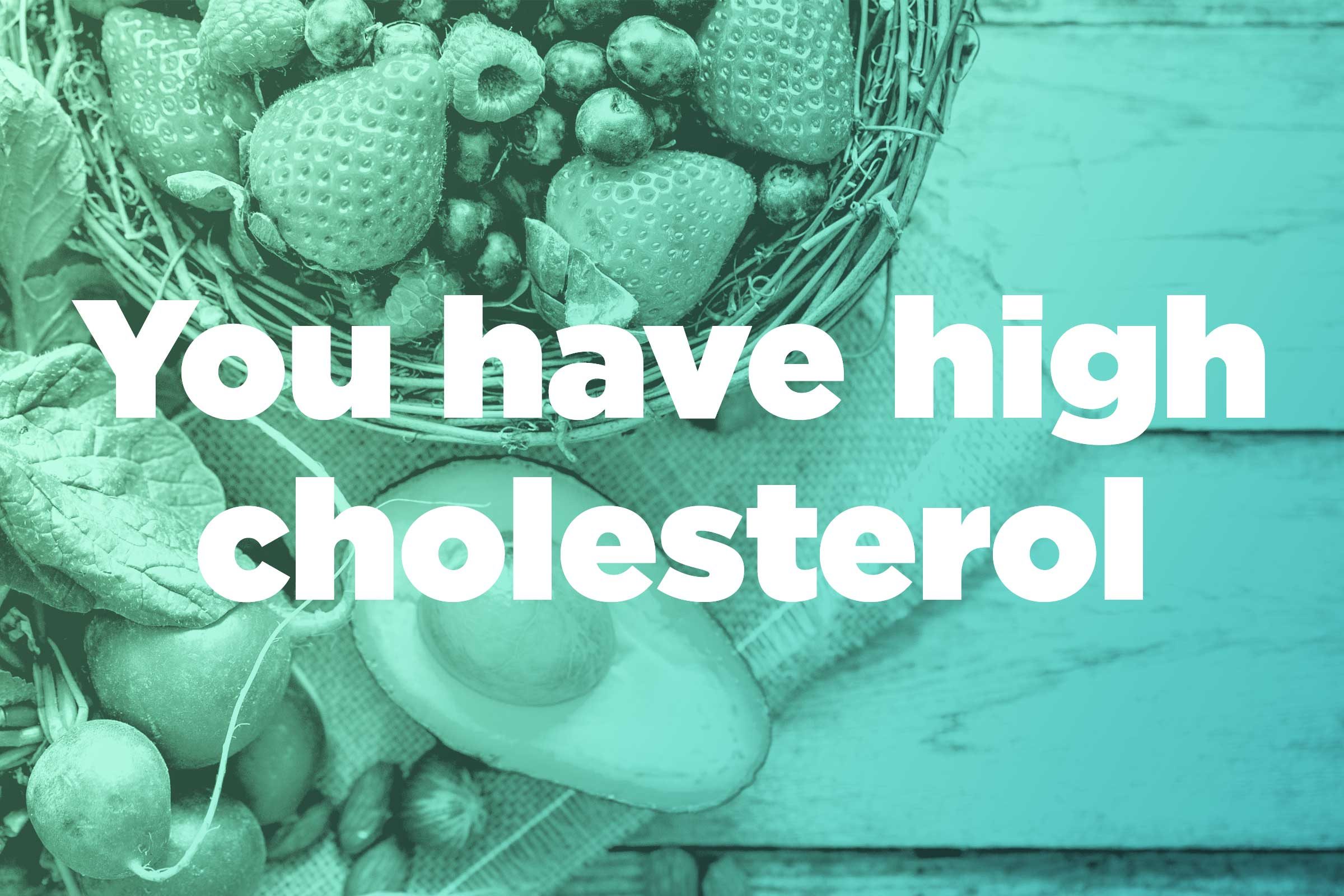
Your cholesterol is too high
Fiber does more than just fill you up: It can also help lower your cholesterol levels. Soluble fiber binds with cholesterol in the small intestine, keeping it out of the blood stream, says Cochran. Of course, eating more fiber is only one of many diet changes that can help lower cholesterol. Try these other foods that naturally lower cholesterol.
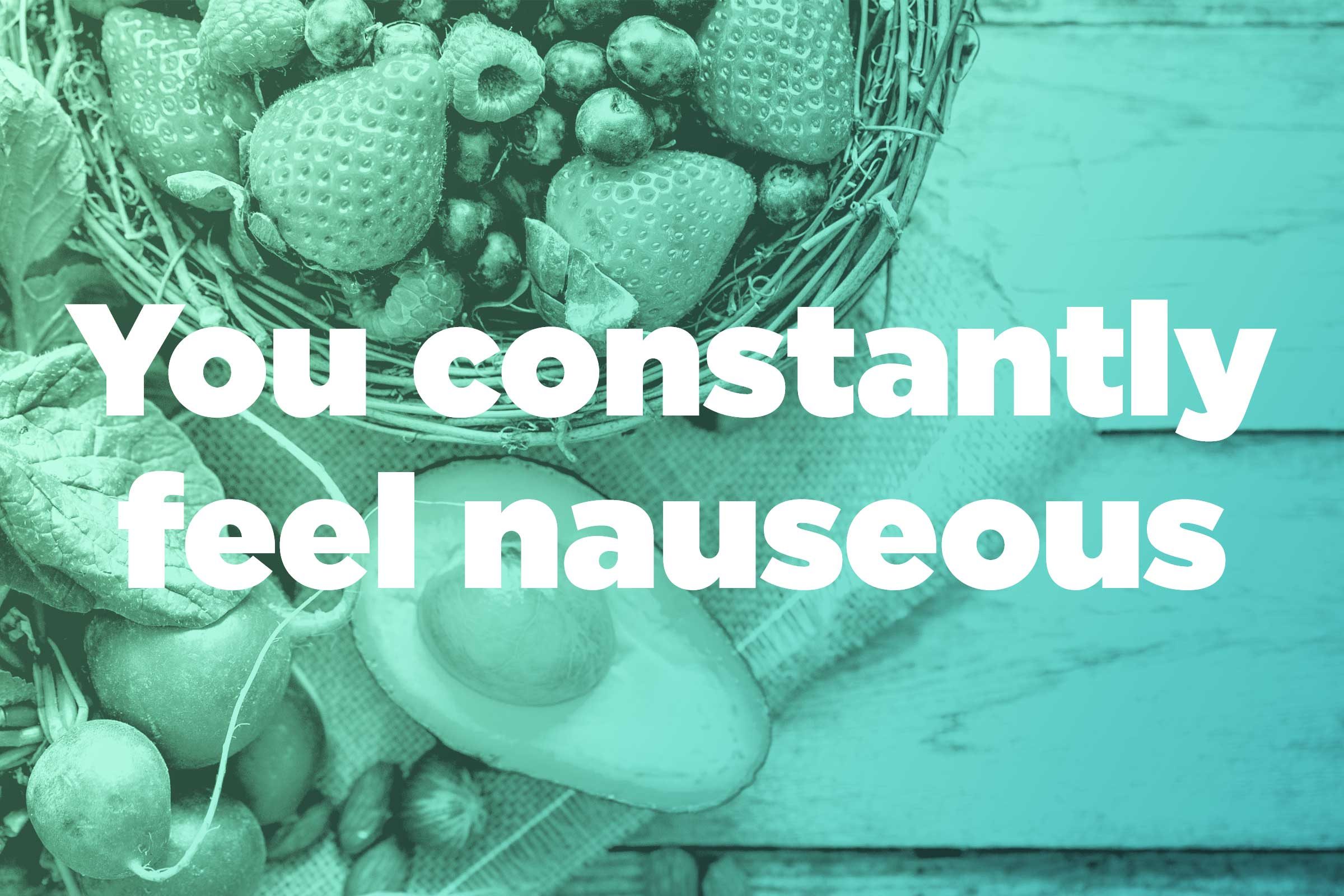
You’re queasy
You may think a low-carb and high-protein diet is the way to lose weight and be fit. However, your body needs carbohydrates to function effectively. A low-carb diet (and therefore a low-fiber diet) can leave you feeling tired and nauseous, according to WebMD. To lose weight without cutting back on fiber, try these fast, easy tips to slim down.

Your blood sugar is too high
Another way fiber is a superhero: It can help lower blood sugar. “Eating more fiber can delay the absorption of sugars from the small intestine into the blood stream, which makes blood sugar levels rise more slowly,” says Cochran. Here are more ways to maintain healthy blood sugar levels.
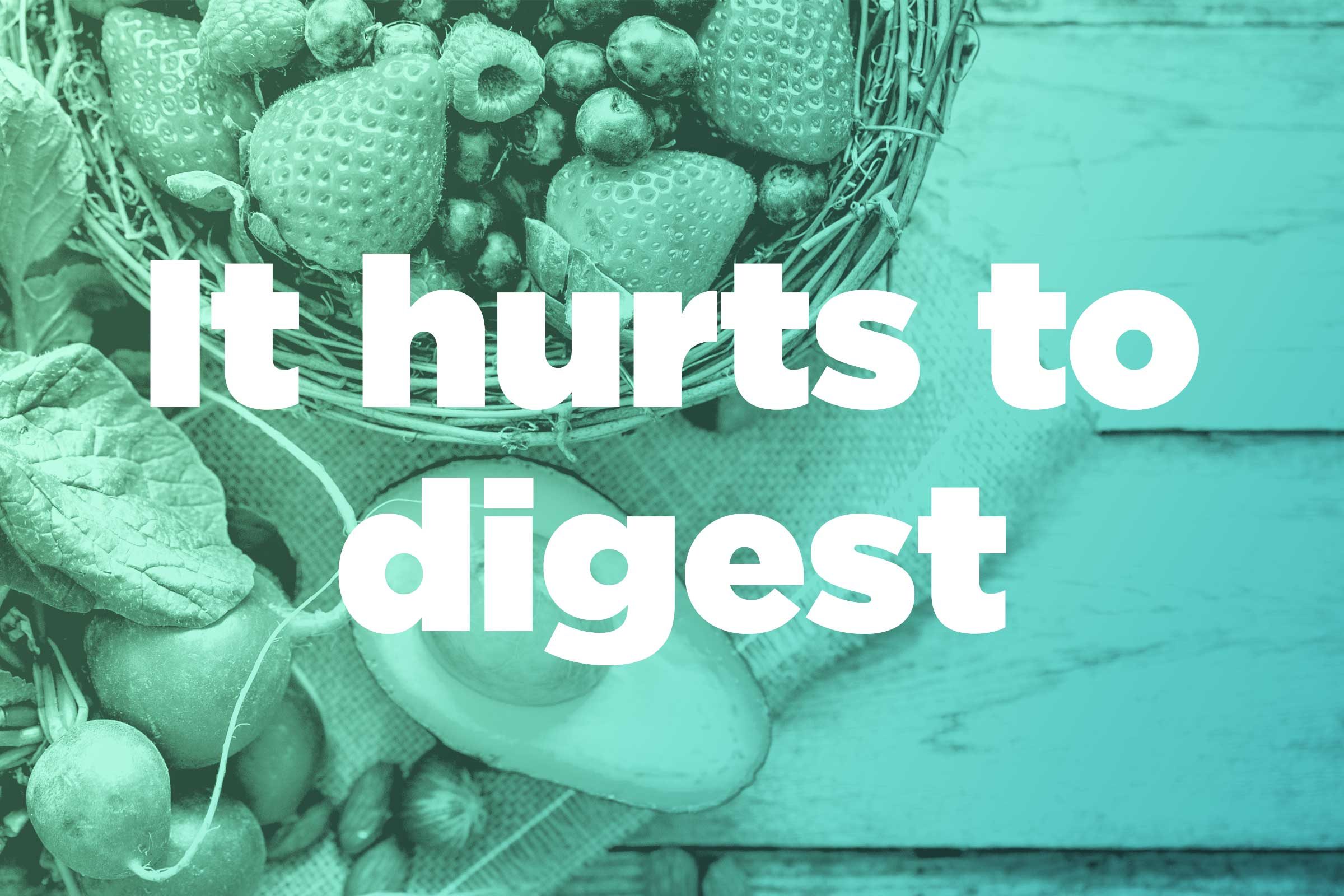
Your stomach hurts
As you get older, you may develop pain and irritation in the lining of your large intestine as a result of pouches that have formed and became inflamed. Experts hypothesize that this condition, known as diverticulitis, is correlated with a low-fiber diet, according to WebMD. In severe cases, diverticulitis also causes vomiting, fever, diarrhea, and bloating. However, some people with diverticulitis show no symptoms.